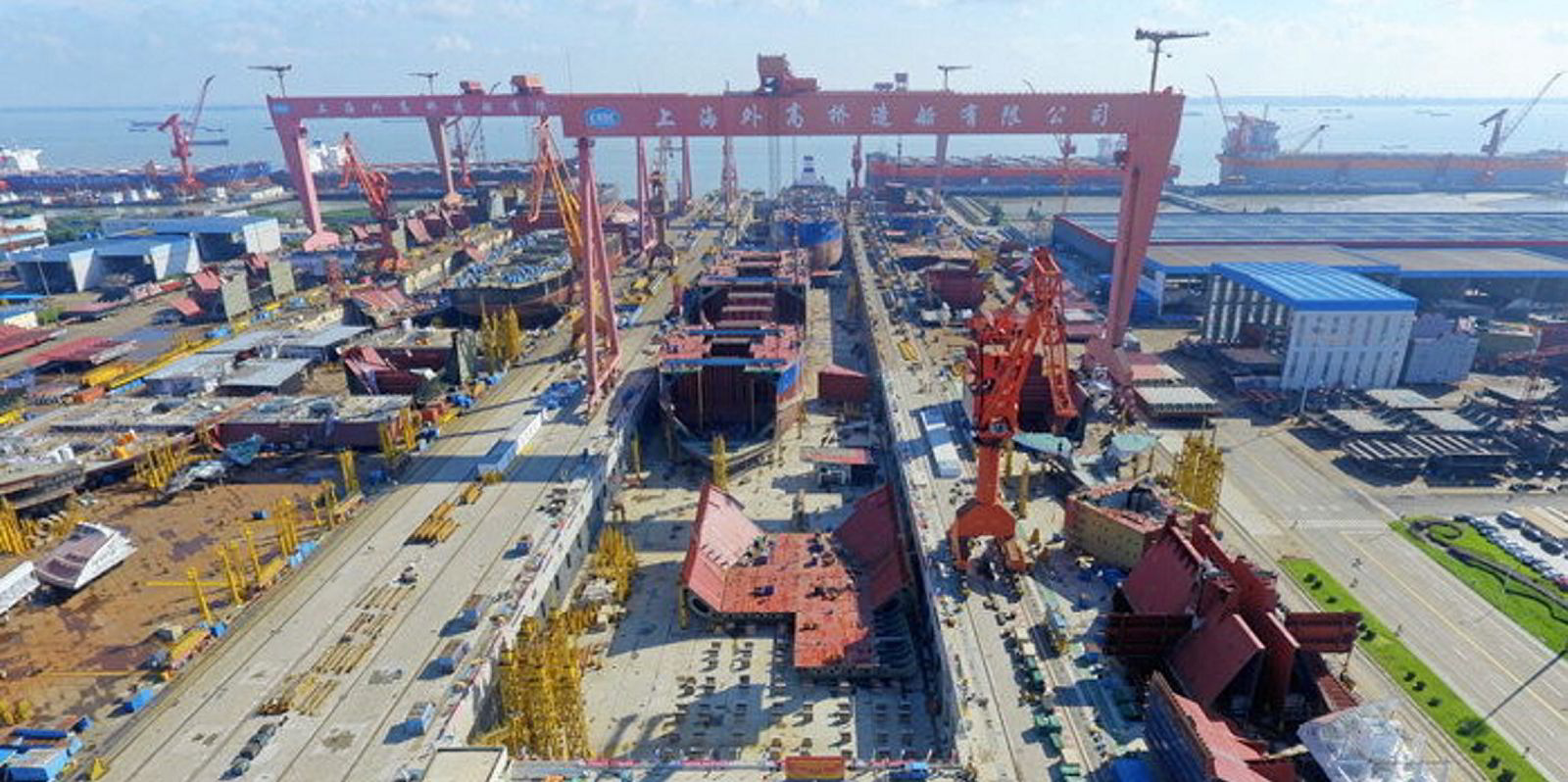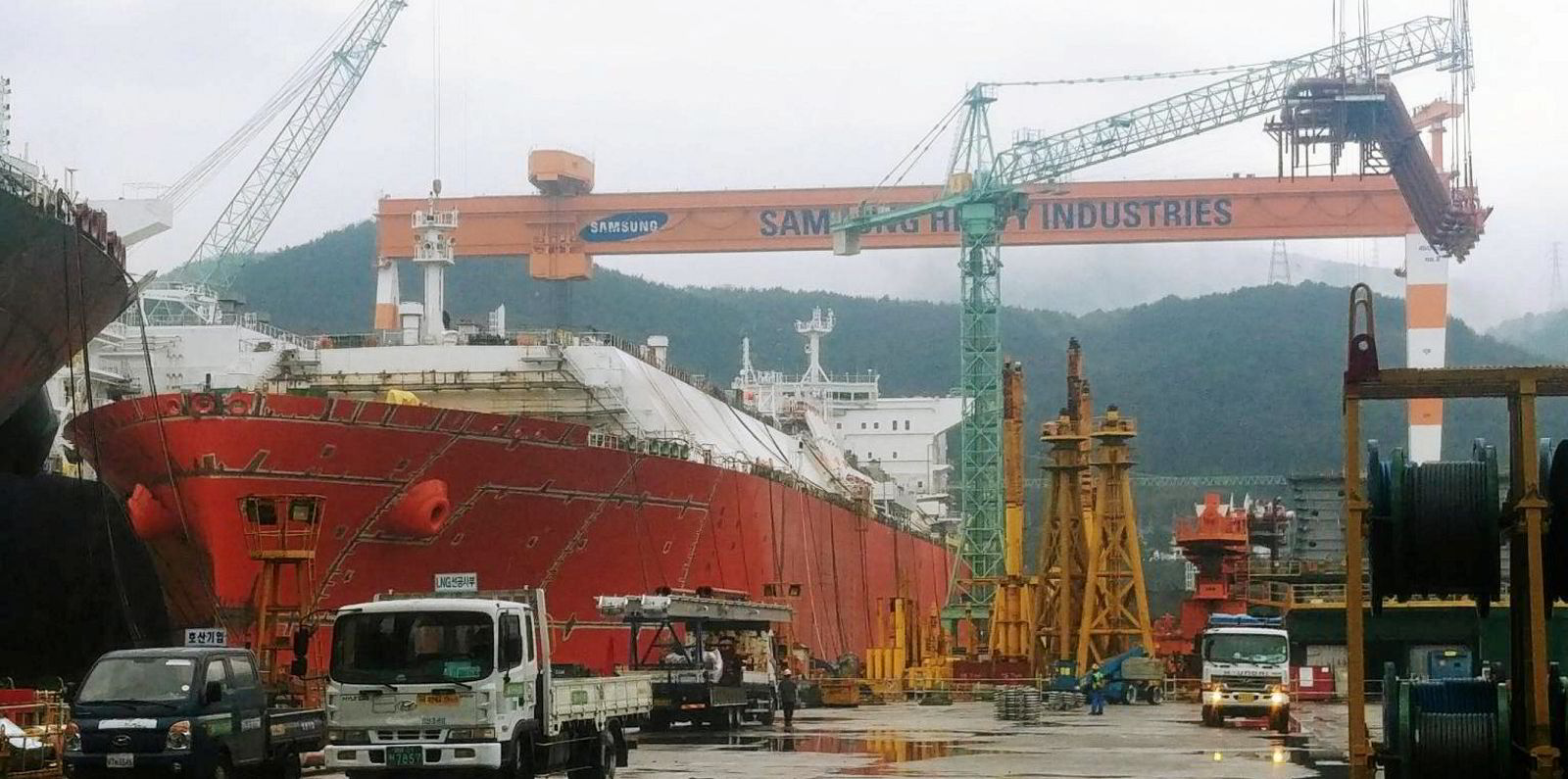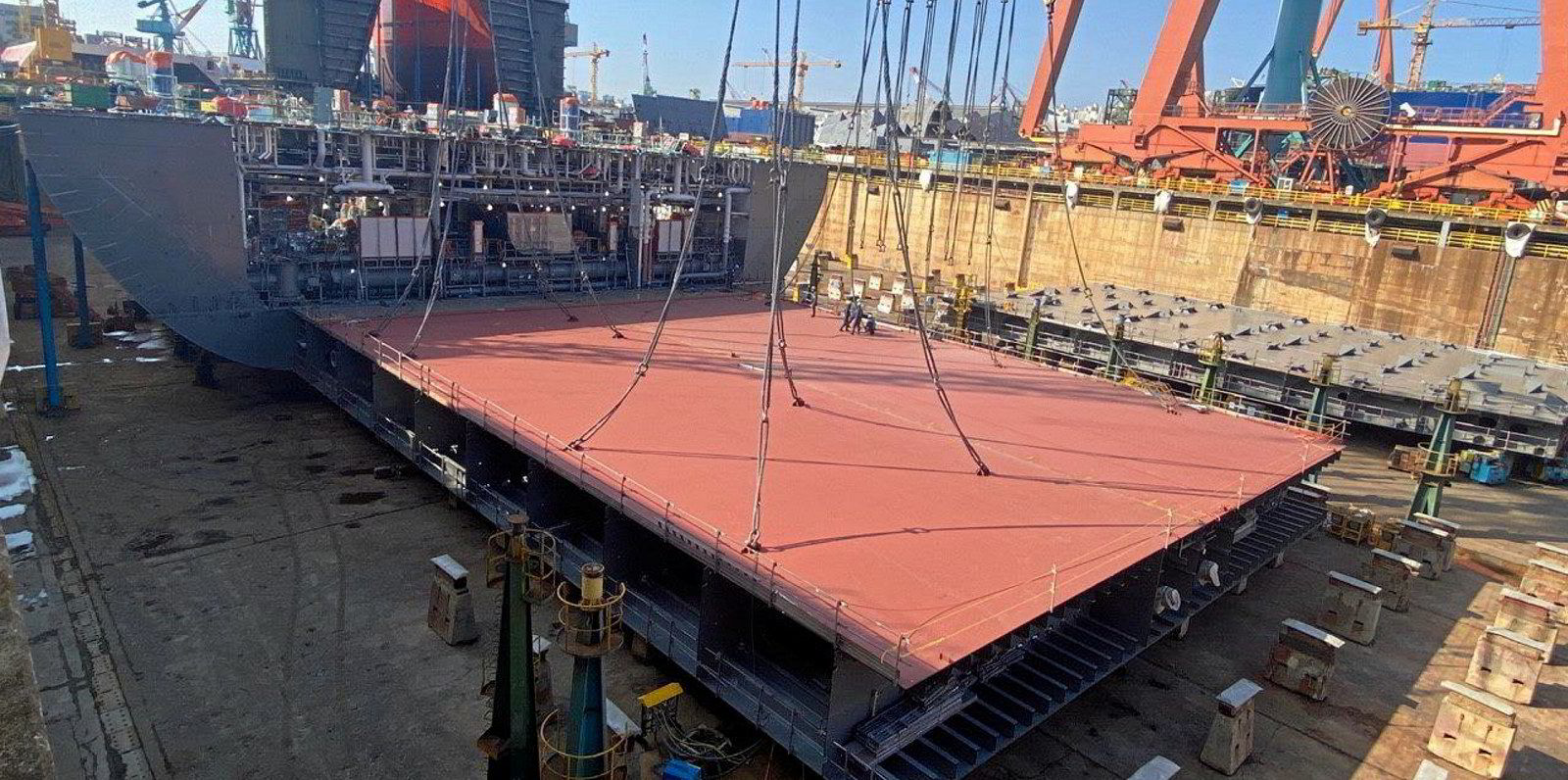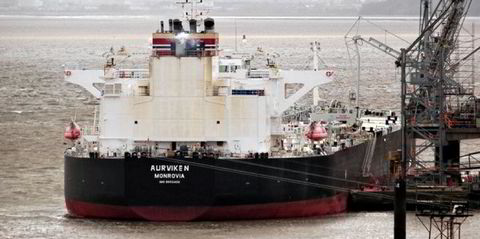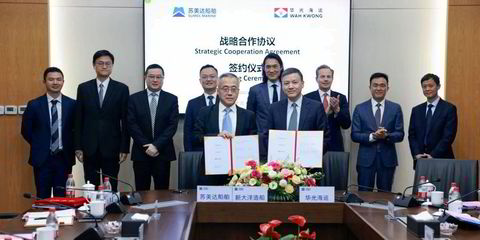A 10% drop in the cost of steel plate is putting pressure on Chinese shipyards to reduce prices — and could prove a turning point in the newbuilding market.
Steel plate costs in China have fallen in the past quarter to between CNY 4,800 ($710) per tonne and CNY 5,000 per tonne.
Steel mills have been forced to cut their prices to stoke demand in response to China’s economic slowdown.
Chinese steel mills are looking to recover losses after purchasing iron ore amid higher prices.
Two years of rising steel prices have been a major factor behind a surge in newbuilding prices this year.
Brokers suggest some smaller yards have already reacted by lowering prices for the most steel-intensive ship types such as bulk carriers.
Some yards are quoting $35m for a new kamsarmax bulk carrier — a fall of around $1m compared to recent highs. Ultramax bulkers have come off their recent high of $34m, to sit between $33m and $33.5m.
The fall in price is also related to a drop in demand for bulk carrier newbuildings after the trading market and charter rates cooled off.
Run coming to an end?
Some have suggested the lower steel price could mark the end of the bull run on shipyard prices.
Clarksons’ newbuilding index has stopped increasing but remains steady, with the broker commenting that prices continue to be “supported by firm forward cover at yards and elevated steel prices”.
Attempts by Japanese shipyards to push dry bulk prices up another notch to $40m for an ultramax bulk carrier recently flopped, indicating they could be pricing themselves out of the market.
In one of the few recent bulk carrier deals, Taiwan’s U-Ming Marine Transport is paying $34m for each of two bulk carrier newbuildings in its debut deal at New Dayang Shipbuilding in China.
The deal appears to show price rises may have hit a peak. The company described the pricing as “attractive”.
Inflationary pressure
Although cost pressures have eased, many Chinese yards are resisting pressure to push down prices.
While the price of steel plate has fallen, other major costs such as ship machinery and engines continue to face inflationary pressures.
Some yards are quoting lower prices, but so far there have been no deals to confirm an industry-wide fall in prices.
The country’s largest yards, such as the CSSC facilities of Jiangnan Shipyard, Shanghai Waigaoqiao Shipbuilding and Yangzijiang, are in a position to remain firm on price because of their strong forward bookings.
Most of the major yards in China have sold out all of their 2024 delivery positions, and almost all of their 2025 delivery slots, with bookings now running into 2026.
Another factor is that their main rivals in Japan and South Korea have not experienced the same change in steel prices and are still looking at least to maintain current newbuilding prices.
Japanese yards are the main competitors to the Chinese yards in the bulk carrier market and are in a similar strong position with at least a two-year forward orderbook.
